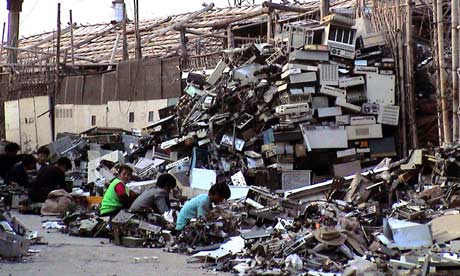International Journal of Preventive Medicine, Vol 1, No 1, Winter 2010 (39-49)
Robespierre C. Ribeiro1, Mário Coutinho2 , Marco A Bramorski2, Isabela C. Giuliano2, Júlia Pavan3
1 Department of Pediatrics, School of Medicine, Federal University of Minas Gerais, Minas Gerais, Brazil.
2 Department of Cardiology, School of Medicine, Federal University of Santa Catarina, Florianópolis, Brazil.
3 Department of Statistics, University of São Paulo, São Paulo, Brazil.
ABSTRACT
Objectives: To determine the best anthropometric index in relation to cardiovascular disease risk factors among children and adolescents.
Methods: This cross-sectional school-based study was conducted among a random sample of 3179 students, aged 6 to 18 years, in three large cities in Brazil.
Results: The prevalence of overweight and obesity was 10% and 5%, respectively. In relation to the students in the lower quartile (Q1) of the distribution of subscapular skinfold, the students in the upper quartile (Q4) presented a 2.0 times higher risk (odds ratio) of having elevated total cholesterol levels. Overweight and obese students had a 3.3 times higher risk of having elevated systolic blood pressure, and a 1.9 times higher risk of elevated diastolic blood pressure than other students.
The less active students presented a 1.58 times higher risk of having waist-to-height ratio (WHtR) above the upper tertile (Q3). WHtR mean values was 0.46 (SE 0.00) presented the largest area under the curve (AUC) [0.613 (CI995%:0.578-0.647)] for high total cholesterol levels, [0.546 (CI995%: 0.515-0.578)] for low HDL-C levels, and [0.614 (CI95%: 0.577-0.651)] for high LDL-C levels, while body mass index presented the largest AUC [0.669 (CI95%: 0.64-0.699)] for increased diastolic blood pressure followed by the waist circumference for increased systolic blood pressure [0.761 (CI95%: 0.735-0.787)].
Conclusions: WHtR is considered as a simple and accurate anthropometric parameter that identifies youth with cardiovascular risk factors.
In this study, WHtR above 0.44 was indicative of risk factors in children and adolescents. These findings can be applied in future preventive strategies against CVDs, and screening programs.
Keywords: Anthropometry; Cardiovascular risk factors;
 Volume 10, Issue 3, March 2010, Pages 142-143
Volume 10, Issue 3, March 2010, Pages 142-143 Cited By in Scopus (0)
Cited By in Scopus (0) Permissions & Reprints
Permissions & Reprints











 This symposium on health determinants and inequalities will be focused on the analysis of thematic trends and conceptual frameworks developed in the last 10 years and their policy implications. It also will address global methodological issues of measuring health inequalities and evaluating policy and program impact.
This symposium on health determinants and inequalities will be focused on the analysis of thematic trends and conceptual frameworks developed in the last 10 years and their policy implications. It also will address global methodological issues of measuring health inequalities and evaluating policy and program impact.







 El espacio virtual Arte y Salud es una iniciativa de la OPS-RLATS que se planteó en el 1er Foro Internacional de Arte, puente para la salud y el desarrollo con la finalidad de contar con un soporte web de intercambio y gestión del conocimiento.
El espacio virtual Arte y Salud es una iniciativa de la OPS-RLATS que se planteó en el 1er Foro Internacional de Arte, puente para la salud y el desarrollo con la finalidad de contar con un soporte web de intercambio y gestión del conocimiento.